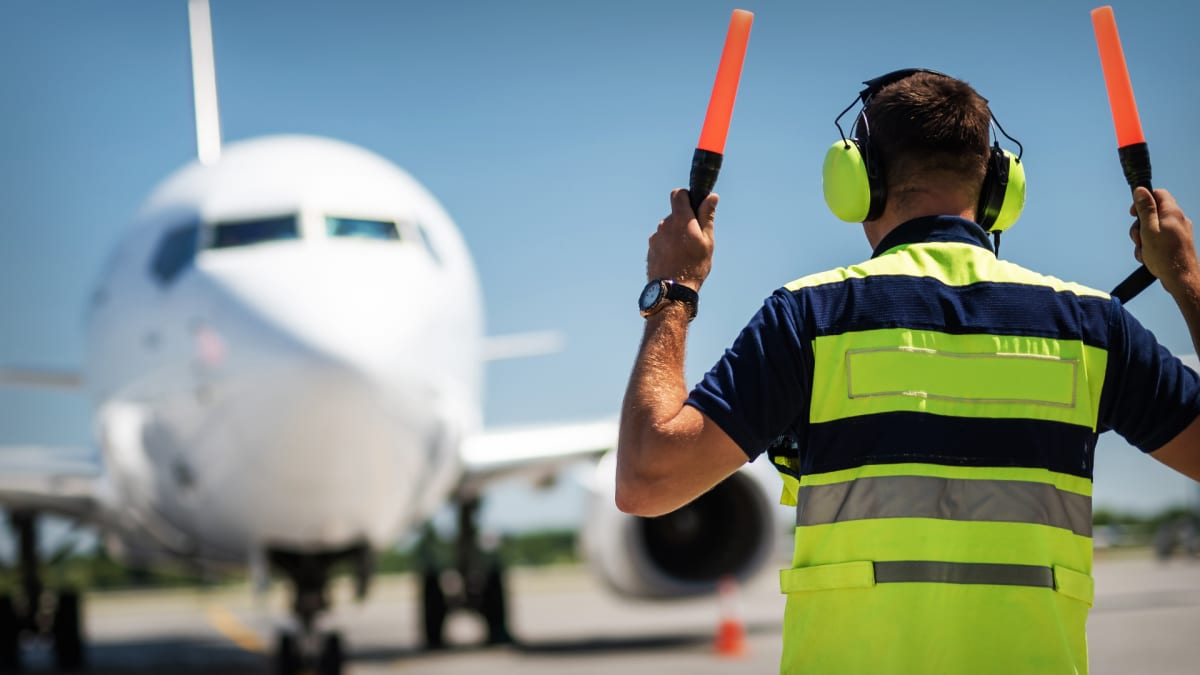
The aviation industry is predicting blue skies in 2023 with the worst of the covid pandemic in the rearview and consumer demand expected to surpass pre-pandemic levels, but recent hiccups and potential tragedies could put that recovery plan in jeopardy.
By 2022, demand had picked back up to the point that the deep staffing cuts over the previous two years started to catch up to the industry, leading to some of the worst travel bottlenecks ever seen in the U.S.
"It was a difficult summer with capacity issues at airports, leading to long queues at terminals, lost and delayed luggage, cancelled flights and overbooked planes. The year ended with the Southwest Airlines (LUV) FAA outage," Blake Walsh, travel expert at Travel Lens told TheStreet.
About 3.2% of U.S. flights were canceled outright and about 1 in 4 were delayed during the first six months of the year, according to the Department of Transportation, compared to a 2.1% cancellation and 17.2% delay rate in 2019.
So if the industry hopes to realize the return to air travel growth that it expects, it will need to start catering to passengers, Walsh said.
"Consumers need to be reassured that this is not the new norm of travel and that there are plans being created and implemented to prevent these incidents from happening again."
Staffing Issues are the Heart of the Problem
At the height of the pandemic, many airlines took a meat cleaver to their staffing, offering buyout packages to anyone who would accept in order to cut costs.
American Airlines (AAL), for instance, had more than 39,000 employees sign up for early retirement packages or voluntary leave by July 2020, but still said that it had about 8,000 flight attendants too many.
But now that demand is creeping back, those job cuts have come back to haunt an industry that has had to reduce capacity in order to operate more efficiently.
"The aviation industry has an opportunity to repair and improve its relationship with consumers this year and prove they are adapting to the post-covid travel climate," Walsh said.
Delta Air Lines (DAL) and American have both recently released their latest quarterly earnings results. Both topped analyst estimates for the period, and both were optimistic about the trajectory of the industry.
Delta recently stated that "by the summer (2023) that we will be in position to have not just get through most of that bottleneck... by summer we hope at Delta that we'll be able to be back 100%."
Some Airlines Are Transitioning From Surviving to Thriving
At the height of the pandemic, the industry was in such dire straits that U.S. tax payers forked over $50 billion in relief funds to keep the industry afloat.
But now, the bargain-basement ticket prices from the pandemic are a thing of the past.
The consumer price index (CPI) for flights was up 25% year-over-year in November, the largest recorded increase since the Federal Reserve of St. Louis began keeping score.
While increased demand can explain away some of the meteoric rise in prices, it does not explain why airline prices are easily outpacing inflation.
The other part of the equation is that airlines are operating with about 15% less capacity than they were in 2019 after grounding parts of their fleets during the pandemic, according to Trip.com.
"Unless the economy goes into a much more serious recession than I expect, you’re going to see that demand is going to outrun the supply of seats for all of '23," finance expect Clark Howard said in November.







